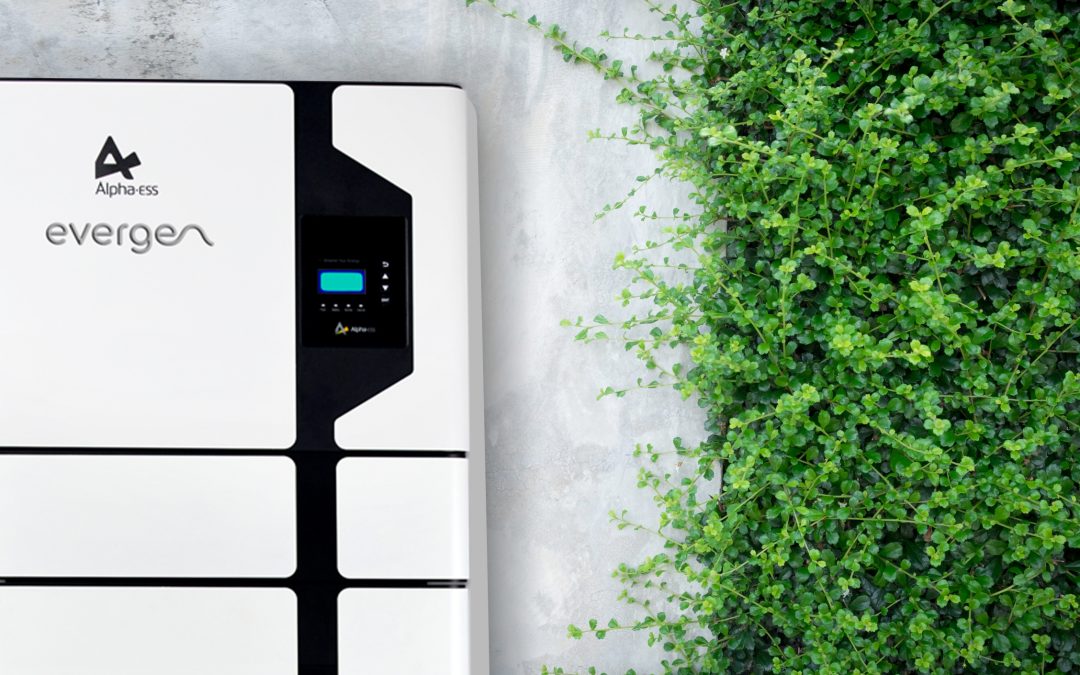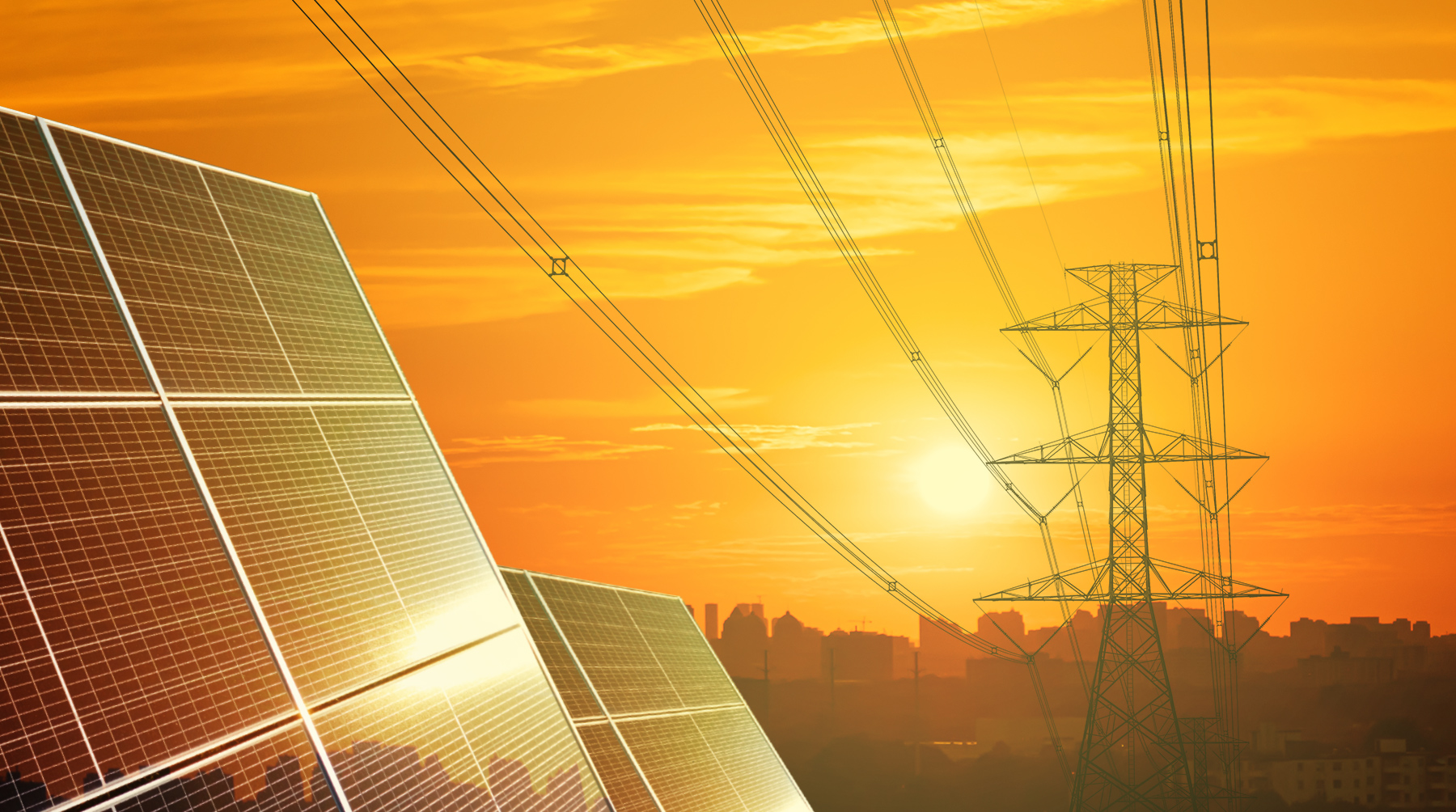Our CEO, Emlyn Keane recently wrote an article discussing the differing opinions on recently announced Government subsidies for battery and solar technology.
Australians want cheaper, cleaner and more reliable power. It’s a no-brainer to consider Intelligent Home Energy Management with solar and battery storage as a solution. To encourage uptake, the Labor party announced a pre-election promise in November to implement a $2,000 battery rebate for 100,000 homes across the country. While subsidies are not new, some commentators are sowing fear and doubt as to their effectiveness. I believe this sceptical attitude is unhelpful. Subsidies, when correctly applied will strengthen Australia’s energy future.
Government subsidies for solar and batteries – yes or no?
An emphatic ‘yes!’ Consider the impact solar subsidies have already had on rooftop solar uptake – Australia is a world leader in this – to see that it can only have a positive impact on battery uptake. So, why the reluctance to a new battery subsidy?
Some commentators claim solar, battery and Intelligent Home Energy Systems are a cost to all taxpayers, but only benefit some.
Yes, subsidies are funded by our taxes. However, the benefits of the system aren’t limited to one home.
Three of our major cities are already experiencing or being warned of increased blackouts and supply interference this summer. In fact, for Melbourne residents there’s a one-in-three chance of disruption to their energy supply.
With the remote monitoring and management capabilities of subsidised battery systems, there is opportunity to lower peak demand and stabilise the grid – reducing risk of failure. An example of how this has worked is in the ACT. Their battery subsidy scheme (the longest running storage scheme in Australia) has supported a trial of aggregated smart systems.
Evergen had the opportunity to participate in this subsidy scheme and subsequently the Virtual Power Plant trial with Evoenergy. We offered our customers the opportunity to reserve battery capacity in their Evergen system to be purchased at a premium by Evoenergy at a time of high grid demand. Of our customers in the region, 98% took us up on this offer. You can find out more about this project here.
Aside from grid stabilisation, another key reason the ACT offers battery and solar subsidies is they found they could save $200 million in poles and wires upgrade costs.
Critics believe installing a 10kwh battery ‘won’t move the dial.’
One home with a 10kwh battery installed may look like a drop in the ocean, compared with the country’s energy demand. But 30,000 of these systems with a suitably sized inverter on the network is equal to a half-a-billion-dollar coal fired power station.
Batteries move us away from the Monty Burns, all power in a small number of hands, scenario. Once we put solar and storage into a million, or more, homes across Australia, we will create a considerable amount of distributed energy resources throughout the network. That will have a huge impact on the grid reliability and strengthen Australia’s energy future.

‘If batteries are great, then we shouldn’t need to subsidise them.’
The implementation of a subsidy doesn’t mean the technology is not good enough to succeed on its own. These subsidies say:
“This is an opportunity or solution. Let’s help accelerate its uptake.”
These subsidies will help increase demand and streamline production of batteries, promoting further innovation of the technology – therefore impacting the cost of supply.
Battery subsidies – another ‘pink batts’ scheme?
The harshest and most misleading criticism of Labor’s new subsidy announcement is the view that they’ll be no different to the pink batts scheme.
This is not the case. There is far more regulation and control surrounding these types of subsidy schemes.
-
- Installers need to be accredited – unlike the pink batt scheme where control of installers was lacking.
- Every single battery and solar system must have a permit to connect to the network. That means energy distributors review every quote and inspect installations – in some states these inspections are random.
- Suppliers and their products need to be Clean Energy Council “Code of Conduct” accredited and must comply with the Australian Standards.
- For many of the schemes, only battery technology that is capable of being managed remotely will be eligible to have the subsidy applied.
So, what subsidies are available now?
With solar subsidies slowly winding down until 2030, these new battery storage schemes will come into play:
-
- Queensland are offering $3,000 to install an Intelligent Home Energy Management system or to add battery to an existing solar system. The state is also offering up to $10,000 in interest-free loans on the remaining balance.
- South Australia are offering up to $5,000 to install a system and low-interest loans for the remaining difference. Just another marvellous example of this state’s commitment to renewable energy.
- In Victoria you can now claim a 50% rebate for solar on top of the Federal, Small-scale Technology Certificate. With an election promise from the sitting Labor government to subsidise take-up of storage.
- Details are starting to come through in New South Wales where system owners may start being offered $1,000 to reserve portions of their system capacity to support the network. The state is also seeking interest in storage for schools, hospitals and other government buildings.
Right now, it may seem better to wait for the price of battery storage to drop. However, the positive effect of these battery subsidies – while they last – on helping you save on your energy costs, will be far greater than any potential savings from a price drop over the next year or two.
So, don’t miss out! Take advantage of the subsidies and help strengthen Australia’s energy future, improve your environmental footprint and put an end to your spiraling energy bill.
To take advantage of these subsidies and start saving on your energy now organise your system design with us.



